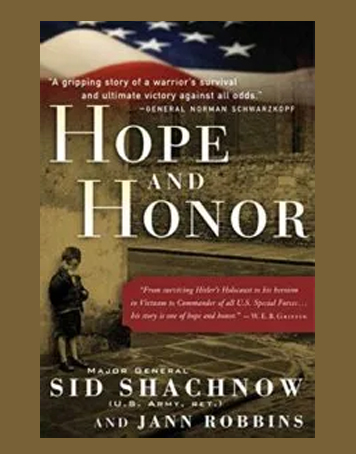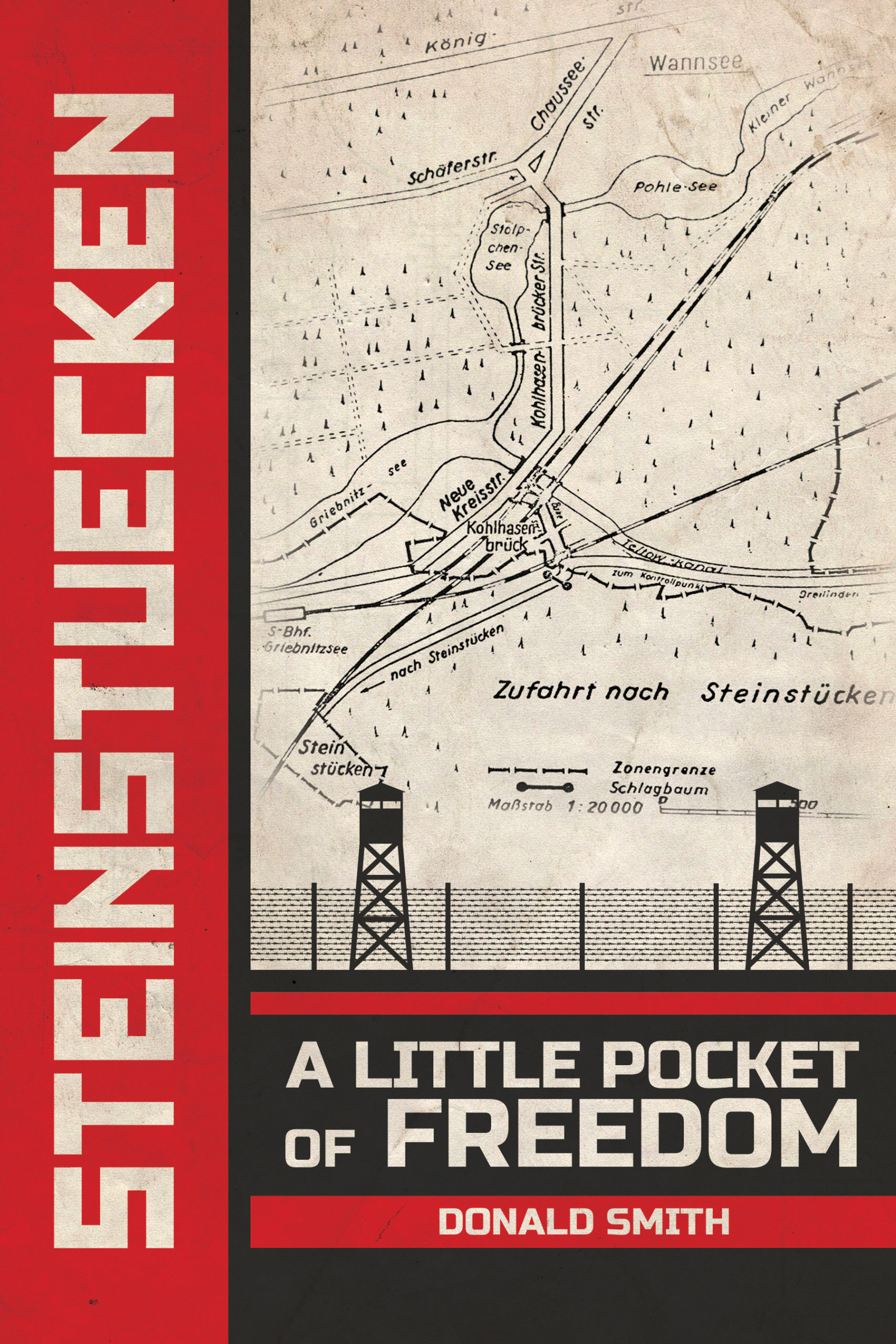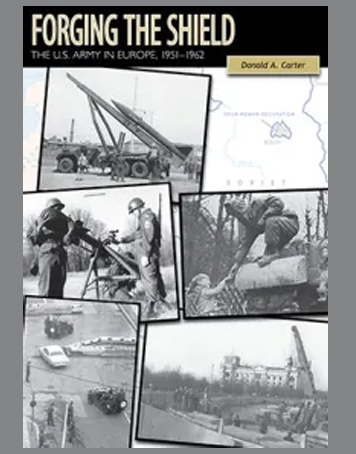
Forging the Shield – The U.S. Army in Europe, 1951-1962
Forging the Shield by author Donald A. Carter, tells the story of U.S. Army forces in Europe during the 1950s and early 1960s. It spans the period between the return of major U.S. combat forces to Germany in 1951 and the aftermath of the Berlin crisis in 1961–1962. During that time, the troops in Europe became the public face of the Army to Americans as well as to the rest of the world.
DownloadThe Berlin Candy Bomber
The war was over, but Berlin’s children were still suffering. Discover how two sticks of gum and one generous young pilot started a movement that spanned the globe and became a symbol of kindness and compassion. Now, seventy years later, Germany still remembers the Berlin Candy Bomber. This special anniversary edition of his story features a foreword by Academy Award- winning producer of Schindler’s List, Gerald R. Molen.
Buy Now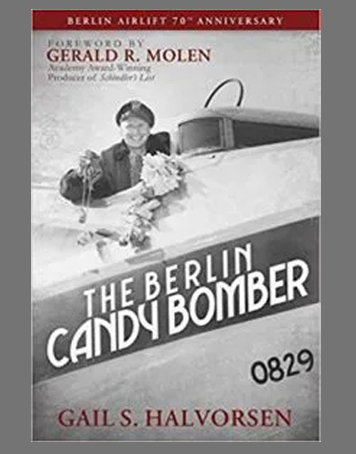

Building for Peace traces the U.S. Army’s engineering construction activities in Europe, beginning immediately after World War II in 1945 and ending with the dissolution of the Soviet Union in 1991. In their fine organizational account that details the twists and turns of the Cold War’s history, Robert P. Grathwol and Donita M. Moorhus describe the often less glamorous but nonetheless critical missions of conscientious Army engineers-military officers, civilians, and local-national employees and contractors-who worked tirelessly to prepare the physical infrastructure in Europe, the battleground of what was perceived as the next Armageddon.
DownloadBerlin Command
This book, first published in 1950, is Brig. Gen. Frank Howley’s account of his four-year tenure in post-World War II Berlin with the U.S. Military Government. Filled with stories of Soviet complicity in undermining Allied efforts to rebuild the city, the book is throughout a testament to the ideals of freedom and democracy and the American determination to remain in Berlin, even though surrounded by a hostile opponent willing to lie, cheat, kidnap, rape, and steal to achieve its ends
Buy Now
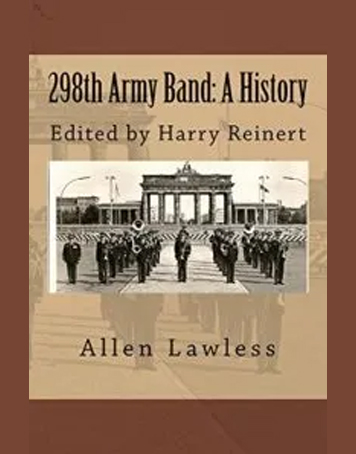
This book, published in 2014, presents the history of the 298th Army Band from its beginnings in the New Orleans area as part of Louisiana’s National Guard, through its mobilization prior to WWII, its contributions during WWII, particularly in London, and eventual movement to West Berlin, where it remained for the next 49 years.
Written by Allen Lawless, one of BUSMVA’s own (Member #1171), the book captures the history of this distinguished Army band and places it in context with the other compelling historical events of the day. Lawless served in the 298th for not quite 9 years in one assignment and was privileged to experience duty with the 298th while the Wall was up and after its demise.
Buy NowA powerful, fascinating, and groundbreaking history of Checkpoint Charlie, the famous military gate on the border of East and West Berlin where the United States confronted the USSR during the Cold War.
East Germany committed a billion dollars to the creation of the Berlin Wall in the early 1960s, an eleven-foot-high barrier that consisted of seventy-nine miles of fencing, 300 watchtowers, 250 guard dog runs, twenty bunkers, and was operated around the clock by guards who shot to kill. Over the next twenty-eight years, at least five thousand people attempted to smash through it, swim across it, tunnel under it, or fly over it.
Buy Now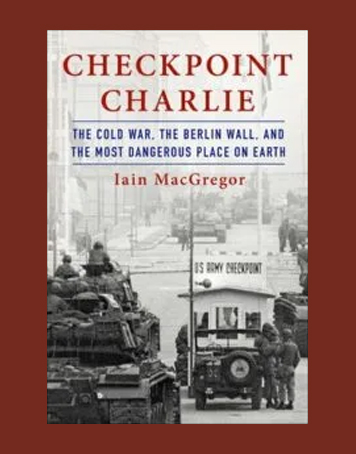
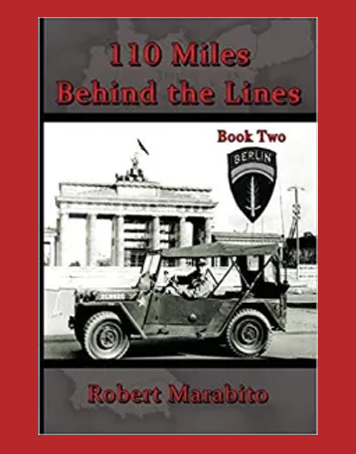
110 Miles Behind The Lines is a novel about Uncle Sam’s barracks life, the field life, the “grunt” life, the Cold War life, not to forget that “off-post” life. Call it the “Fräulein hustle”. It was all done while American soldiers of the Berlin Brigade faced the Berlin Wall, the ghosts of National Socialism lingering. You can read about it here in 110 Miles Behind The Lines.
Buy NowThey’re back, the soldiers of the Berlin Brigade, 592nd Signal Company. Again they’re grunting and rough-n-tumbling. It’s the barracks life, field life and off-training training. Sweat and laugh is the name of the Cold War game. There are ‘Alerts!’ but no wars. “Company! Attention! Forwaaard! March!” But not quite the march.
In the background, the ghosts of the NS past play a role only they don’t jitterbug. Soldiers do. Off duty. They are part of the West Berlin night life that hums, the cafe life that bounces. There is a love story, a frat house story but no hell week. In the end the whistle blows and the duty train pulls away to Marlene Dietrich’s farewell song, Auf wiedersehen mein Schatz. ‘Good By My Love.’ It’s rotation time.
The year, 1965. Vietnam is heating up. Farewell West Berlin!”
Buy Now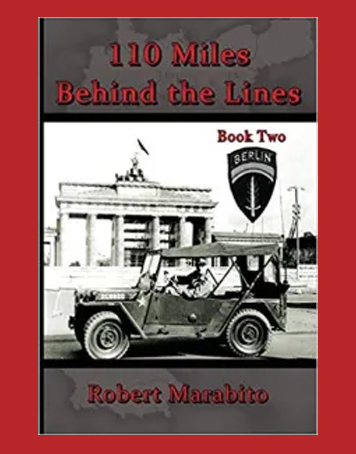
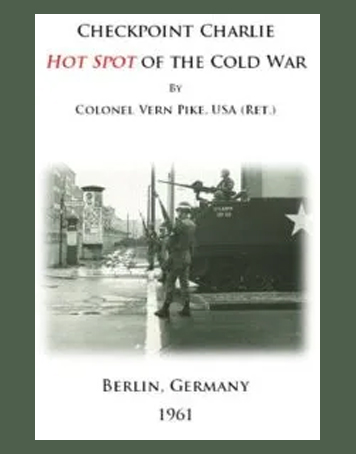
This book was written by Col Verner N. Pike, (USA Ret.) who was the senior military officer in charge of the Military Police at Checkpoint Charlie at the Berlin Wall in Germany in 1961, during the height of the Cold War with the Soviet Union. Col Pike is uniquely qualified to chronicle this critical period in the confrontation with the Soviet Union.
Buy NowMajor General Sid Shachnow survived a Nazi death camp as a child, then came to the USA and embarked on a remarkable career with the US Army. Highly decorated during Vietnam, MG Shachnow used his Lithuanian, German, and Russian language skills, along with his special operations knowledge, while serving in West Berlin in various capacities. He commanded Det A and then became Commanding General, U.S. Army Berlin, after the Fall of the Wall.
Buy Now